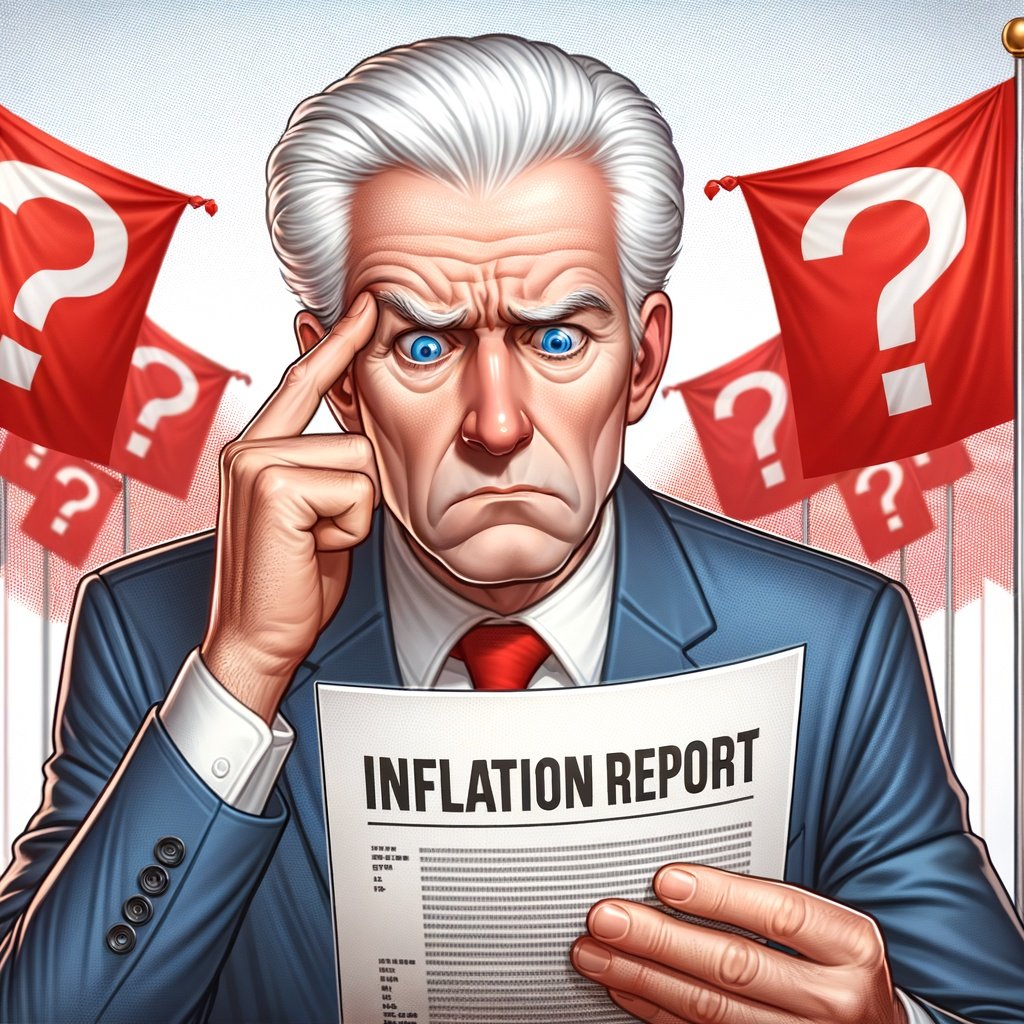In today’s fast-paced world, “inflation” often appears in news and discussions. But what is inflation? How does it impact our lives? Understanding inflation is crucial. It influences the economy, purchasing power, savings, and financial well-being.
What is Inflation?
Inflation is the rate at which the general level of prices for goods and services rises, resulting in a decrease in purchasing power. When inflation occurs, each currency unit buys fewer goods and services than it did previously. The phenomenon is typically measured by the Consumer Price Index (CPI), a comprehensive measure that examines the weighted average prices of a basket of consumer goods and services.
For instance, if inflation is running at 3% annually, an item that costs $100 this year would cost $103 in the next year, assuming the rate remains constant. While these figures may seem trivial on the surface, the impact of inflation compounds over time, affecting everything from groceries to real estate.
Inflation in Everyday Life
To grasp how inflation affects everyday consumers, consider the following scenarios:
- Groceries and Essentials: Imagine going to your local grocery store to buy a loaf of bread that typically costs $2. With an annual inflation rate of 5%, the same loaf could cost $2.10 next year. If your income doesn’t increase at the same rate, you might spend more on groceries without an increase in quantity or quality.
- Housing Costs: Inflation can significantly impact housing costs, whether you are buying or renting. Inflation often raises Real estate prices, meaning prospective homebuyers must pay more. Renters can also feel the pinch, as landlords might increase rents to cover higher maintenance costs or capitalize on the housing market’s upward trends.
- Savings and Investments: For savers, inflation is a silent adversary. If you keep your money in a savings account with an interest rate lower than the inflation rate, your purchasing power declines over time. Conversely, actual returns on investments must outpace inflation to be effective. For example, if your investment portfolio grows by 4% but inflation is 3%, your real return after adjusting for inflation is only 1%.
Causes of Inflation
Several factors contribute to inflation, and understanding these can provide insights into managing and controlling it:
- Demand-pull inflation occurs when demand for goods and services exceeds supply, leading to higher prices. It’s often seen in growing economies where increased consumer spending coincidentally fuels inflation.
- Cost-push inflation is caused by rising costs for producers, such as increased prices for raw materials or wages. These increased production costs are often passed on to consumers through higher prices.
- Built-in inflation occurs when companies increase prices to maintain profits as wages rise. Subsequently, workers demand higher wages to cope with rising costs, creating a challenging cycle to break.
Strategies to Control Inflation
Controlling inflation is crucial for maintaining economic stability, and governments and central banks can implement several measures:
- Monetary Policy Adjustments: Central banks, like the Federal Reserve in the United States, can adjust interest rates to control inflation. By raising interest rates, borrowing becomes more expensive, which can reduce spending and slow down the economy, thereby controlling inflation.
- Fiscal Policy Measures: Governments can manage inflation through budgetary policy by reducing public spending or increasing taxes. This reduces the amount of money in circulation, helping to curb demand-pull inflation.
- Supply-Side Policies: Increasing productivity can help mitigate cost-push inflation. Investing in technology and education can make production more efficient, helping stabilize prices even when raw material costs rise.
- Wage and Price Controls: In extreme cases, governments may implement controls to cap wage increases or limit price hikes. While effective in curbing inflation temporarily, such measures can lead to other economic issues, such as decreased productivity or supply shortfalls.
Inflation Expectations and Planning
For consumers, understanding and anticipating inflation is vital for financial planning. Here are some practical tips:
- Budget Adjustments: Update your budget regularly to account for increasing prices. This proactive approach can help mitigate the impact of inflation on your finances.
- Diversified Investments: Consider investing in assets that perform well during inflationary periods, such as real estate, commodities, or inflation-protected securities.
- Focus on Income Growth: To maintain your purchasing power, seek opportunities for career advancement or additional income streams that align with inflationary trends.
In conclusion, while inflation is inevitable in economic cycles, being informed and prepared enables consumers to adapt more effectively. By understanding the causes and maintaining a proactive approach to personal finance, individuals can confidently navigate the complexities of inflation, ensuring their financial health remains robust despite economic fluctuations.

